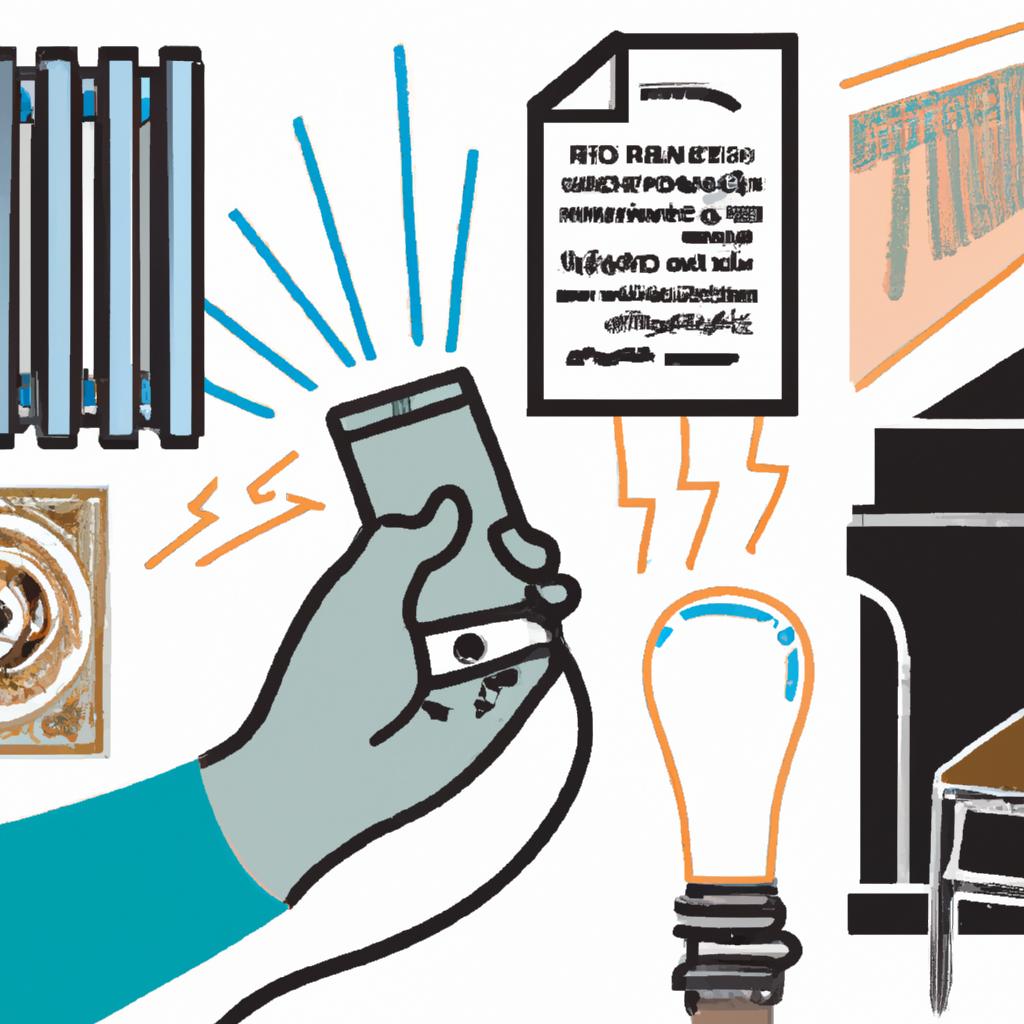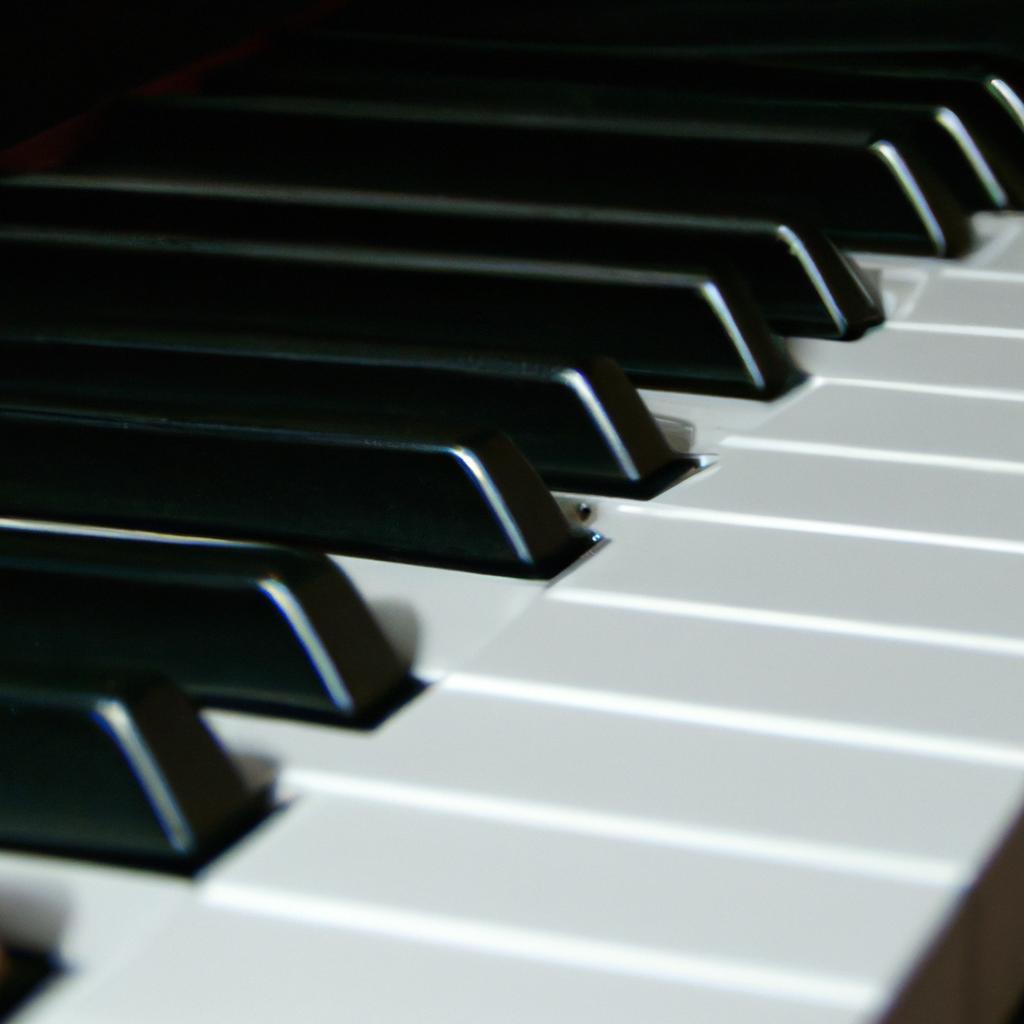In a world increasingly dominated by technology, the age-old debate between the classical and the contemporary continues to unfold—especially in the realm of music. As the sounds of a grand piano resonate through concert halls, the rise of electronic pianos introduces a compelling question: Can these digital instruments truly capture the essence of their acoustic counterparts? With technological advancements pushing boundaries and redefining what is possible, musicians, enthusiasts, and casual players alike find themselves pondering the authenticity of sound and experience. This article embarks on a journey to explore the intricate nuances of electronic pianos, examine their capabilities, and investigate whether they can genuinely mimic the depth and soul of the real deal—an instrument resonating with history, emotion, and artistry. Join us as we delve into the intricate layers of sound, touch, and perception, navigating a harmonious landscape that bridges two worlds.
Exploring Sonic Fidelity and Touch Sensitivity in Electronic Pianos
When delving into the realm of electronic pianos, one cannot overlook the twin pillars of sonic fidelity and touch sensitivity, which serve as the bridge between digital sound synthesis and the authentic piano experience. Sonic fidelity refers to the instrument’s ability to replicate the rich harmonics and tonal depth of an acoustic piano, allowing musicians to explore a vast array of sounds, from the warm timbre of a grand piano to the bright tones of a bright, upright model. Meanwhile, touch sensitivity ensures that the keyboard reacts dynamically to the player’s touch, creating nuances in volume and tone that can evoke a range of emotions. Factors to consider in these elements include:
- Sample Quality: High-resolution recordings are essential for capturing the true essence of an acoustic piano.
- Polyphony: The ability of the electronic piano to play multiple notes simultaneously without dropping any, contributing to the fullness of sound.
- Key Action: Graded hammer action, simulating the weight of piano keys, enhances realism.
- Sound Engines: Advanced synthesis technologies like modelled waveform synthesis or sampling strategies can elevate the listening experience.
In the journey of seeking authenticity, understanding these elements not only enriches the playing experience but also raises the question of whether an electronic piano can stand in for its traditional counterpart. As such, one must investigate how these attributes harmonize to create a truly immersive experience for every pianist.
| Feature | Importance |
|---|---|
| Sonic Fidelity | Ensures realistic sound quality |
| Touch Sensitivity | Enhances expressive playing |
| Polyphony | Maintains sound integrity during complex pieces |
| Key Action | Provides authentic feel under the fingers |

Understanding the Role of Technology in Replicating Acoustic Piano Experience
At the intersection of artistry and innovation lies the question of how well technology can reproduce the soul of a traditional piano. Electronic pianos, equipped with advanced digital sampling and modeling techniques, strive to capture not only the sound but also the feel and nuances of acoustic instruments. Key factors that contribute to this replication include:
- Sound Sampling: High-quality recordings of acoustic pianos provide a foundation for electronic sound engines, allowing for a range of dynamics and tones.
- Weighted Keys: Many digital pianos employ weighted keys that mimic the resistance and response of an acoustic piano’s action, enhancing the tactile experience.
- Polyphony: Modern electronic pianos offer extensive polyphony, allowing multiple notes to be played simultaneously without loss of sound quality, akin to the harmonic richness of acoustic instruments.
- Effects and Virtual Models: Built-in effects and virtual piano models add layers of authenticity by emulating the acoustics of various environments and instrument types.
To better understand the comparison, consider the following table:
| Feature | Acoustic Piano | Electronic Piano |
|---|---|---|
| Sound Production | Strings & Hammers | Digital Sampling/Modeling |
| Weight of Keys | Varies by Design | Weighted/Unweighted Options |
| Maintenance | Regular Tuning Required | Minimal Maintenance Needed |
| Portability | Generally Heavy | Lightweight and Portable |
While electronic pianos can replicate many features of acoustic counterparts, the essence captured in tactile feedback, resonance, and the overall experience remains a nuanced topic. As technology advances, the dialogue continues between purists and enthusiasts over what defines the true spirit of piano music.
Wrapping Up
the quest for authenticity in music is a journey as intricate as the notes we play. As we’ve explored the capabilities of electronic pianos, it becomes clear that while technology has made remarkable strides in emulating the nuances of acoustic instruments, the essence of music transcends mere replication. The tactile sensation of hammers striking strings, the rich resonance of wooden bodies, and the unpredictability of each note are elements that define the unique character of a traditional piano.
However, electronic pianos present a compelling case for their own form of authenticity—one that resonates with a modern audience. With their flexibility, portability, and innovative features, they expand the possibilities of musical expression. Ultimately, whether one prefers the classic caress of ivory keys or the advanced harmonics of synthesized sounds, the heart of music lies not in the instrument, but in the passion and intention of the musician wielding it.
As you venture forth in your own musical explorations, consider what authenticity means to you. Perhaps it’s the sound quality, the feel of the keys, or simply the connection you forge with the instrument. In a world where technology continues to shape our experiences, the dialogue between the acoustic and the digital enriches our understanding of creativity itself. So, whether you’re nestled in a grand concert hall or serenading friends at home, let your music reflect your journey—an authentic expression of your unique voice in a symphony of sound.


